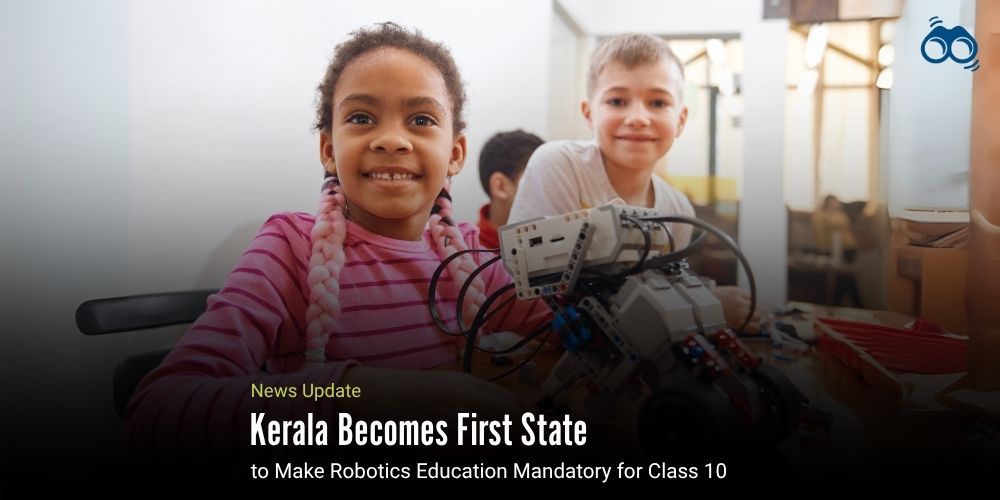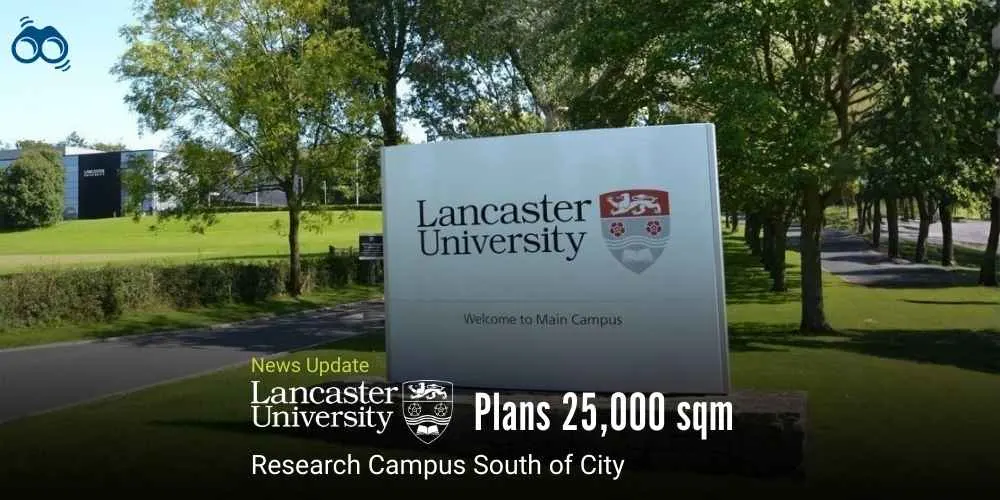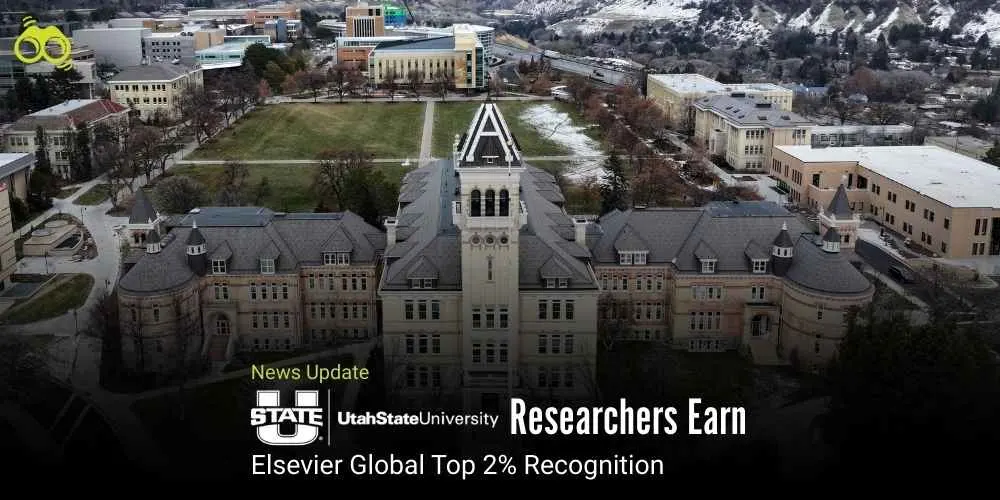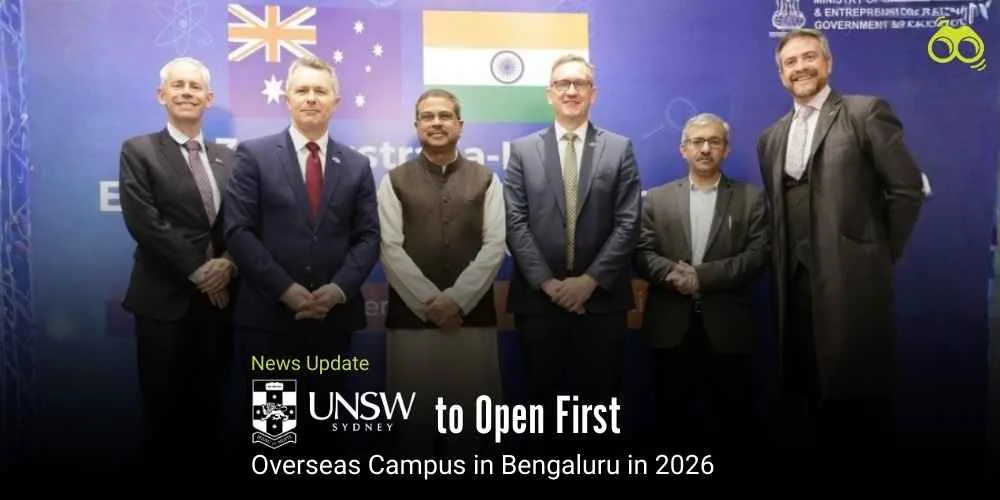Building the Future: Kerala Introduces Robotics in Schools for the First Time
Kerala to Teach Robotics to Over 4.3 Lakh Class 10 Students from June
Kerala is set to make history as the first state in India to introduce mandatory robotics education for all Class 10 students, commencing on 2 June with the new academic year. This innovative initiative equips students with essential technological skills, ensuring they gain hands-on experience in circuit building, sensor applications, actuators, and programming electronic devices.
The programme has been incorporated into the sixth chapter, "The World of Robots," in the first volume of the ICT textbook. Designed to engage students in interactive learning, it introduces them to core robotics concepts. According to K Anvar Sadath, CEO of KITE and Chairman of the ICT Textbook Committee, this initiative marks a significant step towards strengthening students’ understanding of emerging technologies, preparing them for a future increasingly shaped by automation and artificial intelligence. To ensure effective implementation, additional robotics training sessions for teachers have been scheduled for July. Furthermore, the ICT textbook will be made available in Malayalam, English, Tamil, and Kannada. In addition, KITE plans to provide extra robotic kits to unaided schools that follow the state syllabus and require additional resources.
Kerala has already distributed 29,000 robotic kits to high schools, facilitating the rollout of its new Class 10 robotics curriculum. K Anvar Sadath noted that this development builds upon the state’s earlier success in introducing AI education to all seventh-grade students, a national first. AI content has since been integrated into ICT textbooks for Grades 8 to 10, reinforcing the state’s commitment to technology-driven education. The robotics curriculum, first piloted through Little KITEs, the student IT club, played a crucial role in shaping this broader implementation.
The official statement outlined the textbook’s first hands-on activity, which requires students to use robotic kit components, such as Arduino breadboards, IR sensors, servo motors, and jumper wires, to construct an automated sanitiser dispenser that activates upon hand detection. As the curriculum progresses, students will also develop AI-powered smart home systems, including face-recognition-enabled smart doors.
To support this advancement, students will utilise the ‘Face Detection Built-in Model’ in the Pictoblocks IDE, alongside laptop webcams and Arduino kits provided by KITE, to program door-opening systems. Through this approach, KITE seeks to equip students with problem-solving skills, enabling them to address real-world challenges using advanced technologies. Notably, the first phase of teacher training on the new Class 10 ICT textbook has already reached 9,924 educators. With Kerala leading the way in integrating AI and robotics into mainstream education, the initiative stands as a benchmark for technological learning, fostering innovation and future-ready skills among students.
Editor’s Note:
Kerala’s decision to introduce mandatory robotics education for Class 10 students is a landmark initiative that underscores the growing importance of technological literacy in modern education. As automation and artificial intelligence continue to reshape industries, equipping students with hands-on experience in robotics, programming, and circuit building is no longer a luxury—it is a necessity. This initiative ensures that young learners develop critical skills, preparing them for future careers where technology-driven problem-solving will be essential. Beyond technical proficiency, this programme fosters a culture of innovation and adaptability, encouraging students to explore creative solutions to real-world challenges. By integrating AI and robotics into mainstream education, Kerala is setting a progressive benchmark for the rest of the country.
Skoobuzz emphasises that the impact of this initiative extends far beyond classrooms, as it contributes to India’s broader vision of building a future-ready workforce, equipped to thrive in an increasingly digital and automated world.














0 Comments (Please Login To Continue)